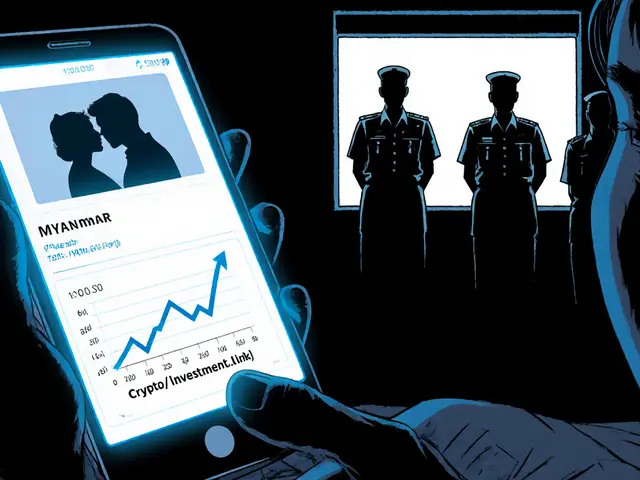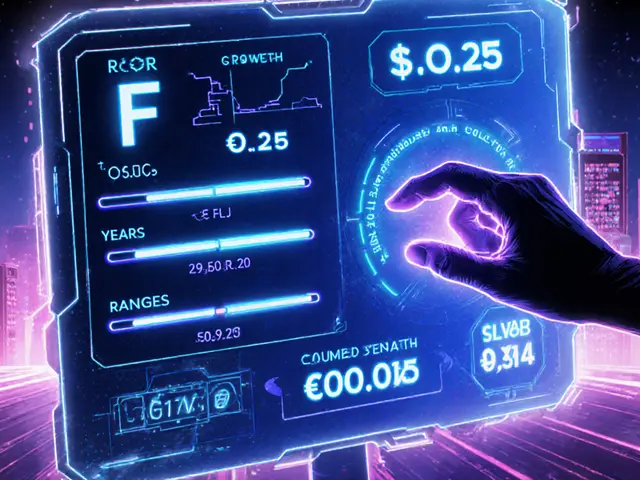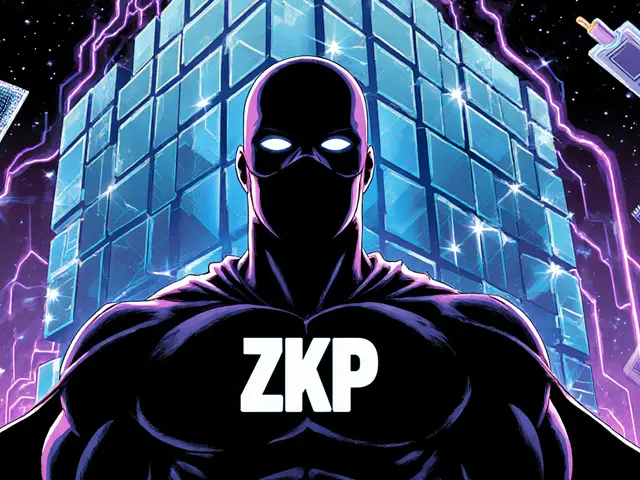Kraken Crypto Trading Restrictions
When dealing with Kraken, a leading cryptocurrency exchange that lets users buy, sell, and trade digital assets. Also known as Kraken.com, it operates under a mix of US and international rules that shape who can trade what and where, you quickly run into three core concepts. First, a cryptocurrency exchange platform that matches buyers and sellers of crypto must follow regulatory compliance the set of laws and guidelines that govern financial services. Second, KYC Know‑Your‑Customer verification that proves a user’s identity is the gateway to any account activation. Finally, jurisdiction bans government restrictions that block services in certain countries dictate whether you can even open an account in the first place. These pieces fit together like a puzzle: Kraken crypto trading restrictions encompass the rules, require compliance, and are shaped by where you live.
Why the Restrictions Matter to Everyday Traders
Kraken’s policy sheet reads like a checklist. If you’re in the United States, you’ll find limits on futures and margin trading unless you complete an additional risk questionnaire and meet a higher net‑worth threshold. Residents of sanctioned regions such as Iran, North Korea, or Crimea are blocked outright—no account, no deposit, no trade. For European users, the exchange enforces AML (anti‑money‑laundering) rules that cap daily withdrawal amounts until you provide source‑of‑funds documents. The platform also restricts certain stablecoins in specific markets to stay aligned with local securities laws. In short, the exchange’s jurisdiction bans influence which tokens are listed, while KYC determines the level of access you receive, and regulatory compliance forces the exchange to adjust its fee structures and trading pairs.
Putting it all together, three semantic triples emerge: (1) Kraken encompasses trading restrictions; (2) trading restrictions require regulatory compliance; (3) regulatory compliance influences which users can trade which assets. When you know which triple applies to your situation, you can avoid surprise account freezes, rejected withdrawals, or unexpected limits on futures positions. For example, a US‑based trader who wants to use Kraken’s margin products must first verify their income, then accept the higher maintenance margin set by the exchange, and finally stay within the caps imposed by the Commodity Futures Trading Commission.
Below you’ll find a curated selection of articles that break down each piece of the puzzle—whether you’re hunting for a step‑by‑step KYC guide, a deep dive into jurisdiction‑specific bans, or a comparison of Kraken’s fee schedule with other major exchanges. Use these resources to map your own trading path, stay compliant, and make the most of Kraken’s platform without hitting a wall.

Learn which countries and regions Kraken blocks for crypto trading, understand US state-level token bans, the EU stablecoin delisting timeline, and how to stay compliant.
Continue Reading





